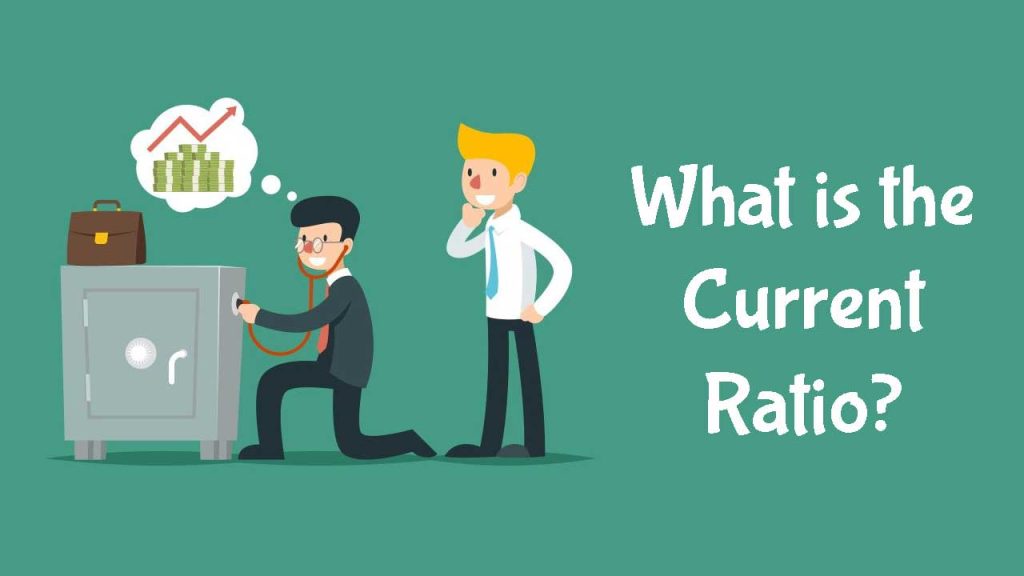The Current Ratio is also known as the Working capital ratio, is used by business to calculate their potential to pay off their short term liabilities (within 1 year) using their current assets. It indicates how efficiently a business can utilize its current assets to cover its current liabilities.
The current ratio will help us to determine a firm’s capacity to repay short-term liabilities with short-term assets.
In other words, if the firm has adequate money to cover its immediate debts if required.
If a firm’s ratio is greater than one, it is able to fulfil its short-term commitments. The greater the ratio, the more efficient the firm is.
If the firm’s current ratio is less than one, it implies that the firm is unable to cover its short-term obligations with cash. This suggests a firm’s financial stability, and it does not imply that the firm would fall.

Current Ratio Formula
It can be calculated by simply dividing Current assets by Current liabilities.
Current ratio = Current assets/Current liabilities
To calculate current assets add the following –
Current Assets = Cash + Cash Equivalents + Stock or Inventory + Accounts
Receivable + Marketable Securities + Prepaid Expenses +
Other Liquid Assets
To calculate current liabilities add the following –
Current Liabilities = Accounts Payable + Sales Tax Payables + Payroll Tax Payable + Income Tax Payable + Interest Payable + Bank Account Overdraft + Accrued Expenses + Customer Deposits + Dividends Declared + Short Term Loans
Must Read – What is Ratio Analysis?
What is the Ideal current ratio?
The optimum current ratio is 2:1. It gives a clear picture of a firm’s financial health. It is generally considered great if current assets exceed current liabilities by two times. A greater ratio means that the company is much more liquid in terms of its capacity to cover its current liabilities on time.



